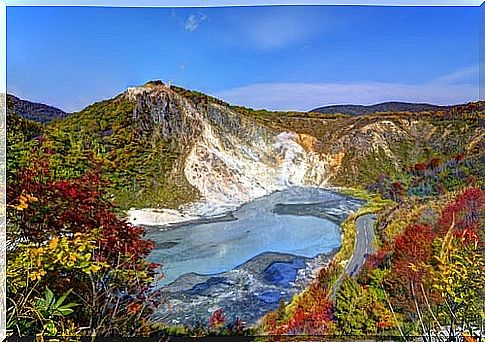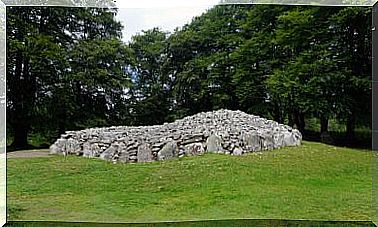The Ainu, The Indigenous People Of Japan
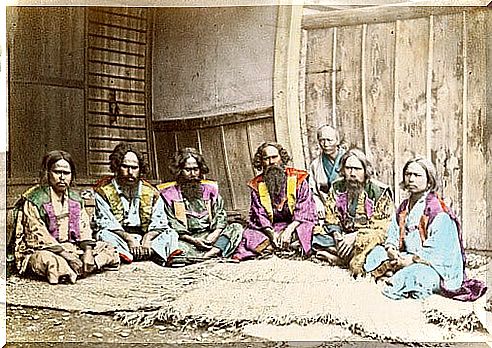
The Ainu form an ethnically differentiated Japanese community whose progressive disappearance is, according to various anthropologists, inevitable. The old isolation of these populations has given way to integration with the surrounding communities, so that only 2% maintain their original ethnic characteristics. We are going to know this indigenous Japanese people, their origin, traditions and current situation.
The origin of the Ainu
The origin of the Ainu people is somewhat uncertain. However, the most recent anthropological theories assure that it is possibly a subgroup within the Mongolian peoples.
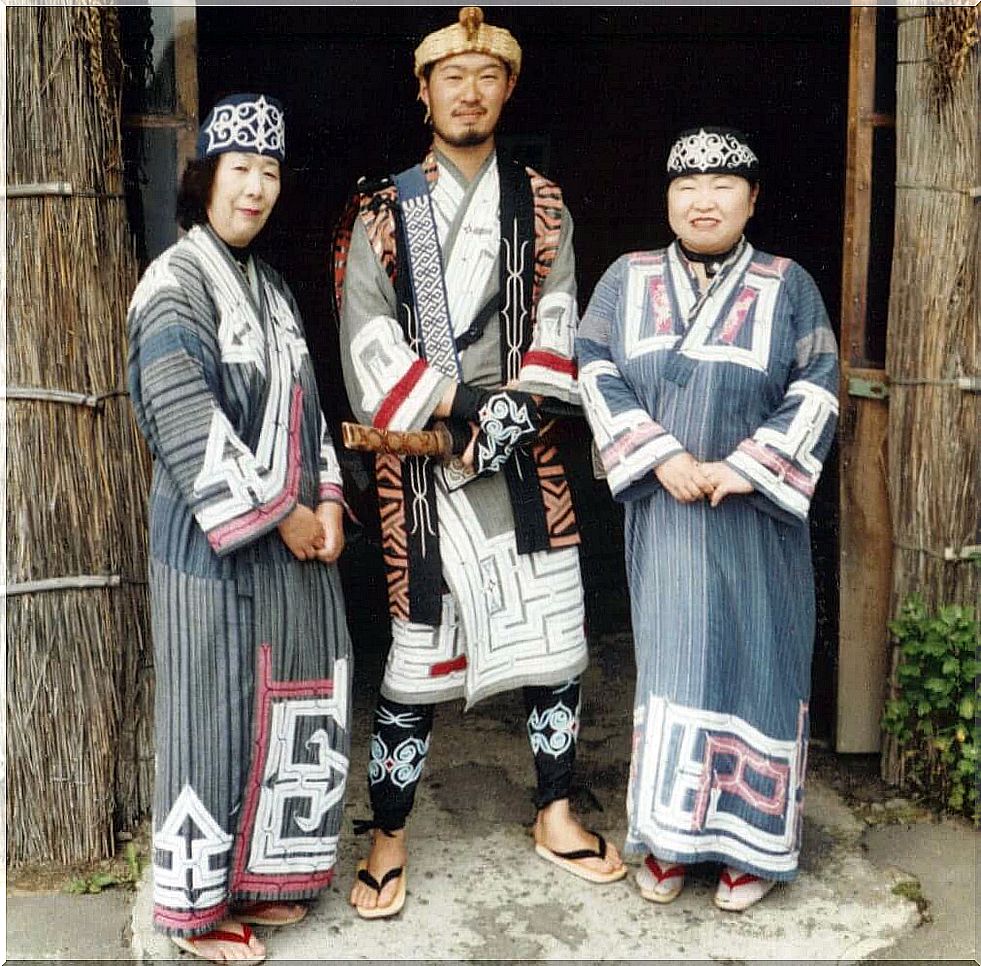
Around 20,000 years ago, the peoples of South Asia, including the Ainu, began a migratory movement with an eastward trend. These, almost isolated from the rest of the Japanese until the 18th century, lived in Hokkaido, Sakhalin and the Kuriles. After World War II and the Soviet occupation of the northern islands, they concentrated on the island of Hokkaido.
But earlier, in 1860, the control of the Japanese administration brought about a progressive change in the life of the Ainu, until then dedicated exclusively to hunting and fishing. This process would be the cause of the gradual disappearance of their language, religious liturgies and other aspects of their daily life.
One last detail is that the Ainu, not coming directly from Japan, are very different from the rest of the Japanese. They have more abundant body hair, brown and less slanted eyes, a prominent nose and more wavy hair. They also tend to have a slightly longer trunk compared to the legs.
Shiraoi, the museum-village
Despite the bad situation in which the Ainu people find themselves, their traditions are today a source of tourist attention. Thanks to this, a fight has begun for the conservation of their traditional clothes, dances and songs.
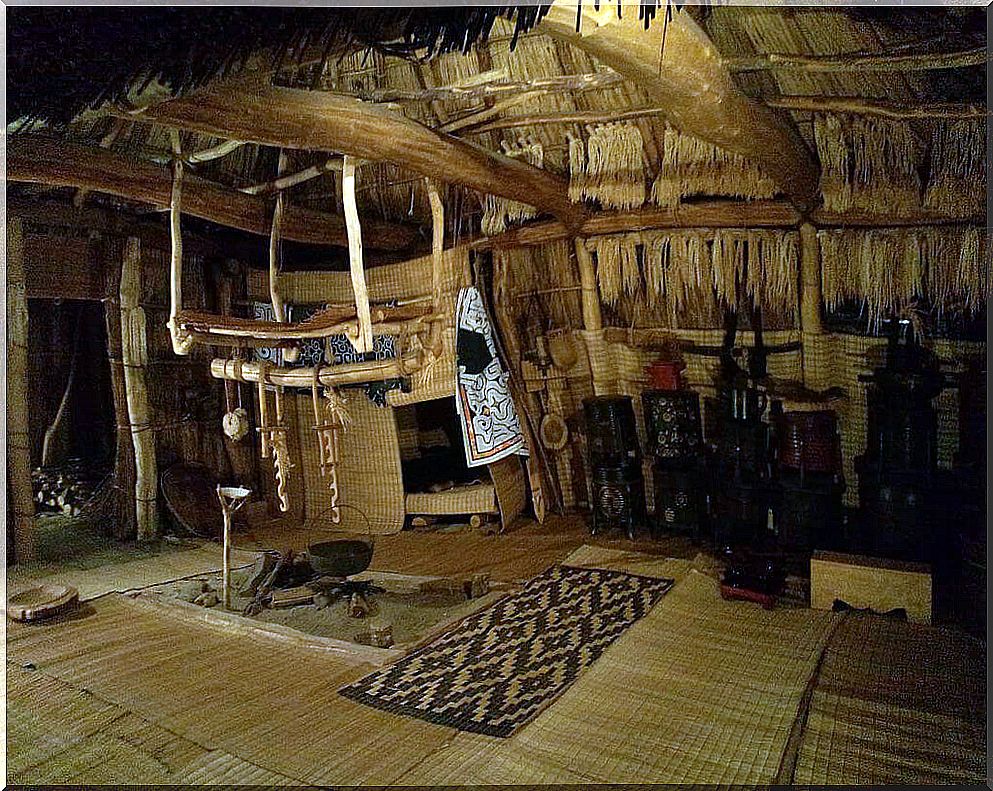
Other customs are not so lucky, such as the tattoo of the lips in women, which disappears almost without remedy as a result of external influence. However, currently, there are villages where they struggle to preserve the traditional life of this Japanese ethnic group.
One of the most interesting and visited is the village of Shiraoi, where about 3,000 Ainu reside. The village, prepared to welcome tourists on a daily basis, is flanked by a long street of shops full of souvenirs and other handicrafts typical of the Ainu culture.
It is not surprising that many consider the village a small cultural amusement park. Various tourist activities can be carried out here, including traditional dances recreated around a totem pole. In addition, you can see the deer typical of the area.
Shiraoi Village also has a historical museum that clearly shows the ancient life of the Ainu. In it, everything is explained from their own point of view and dioramas and ethnological objects can be found.
Current situation of the Ainu people
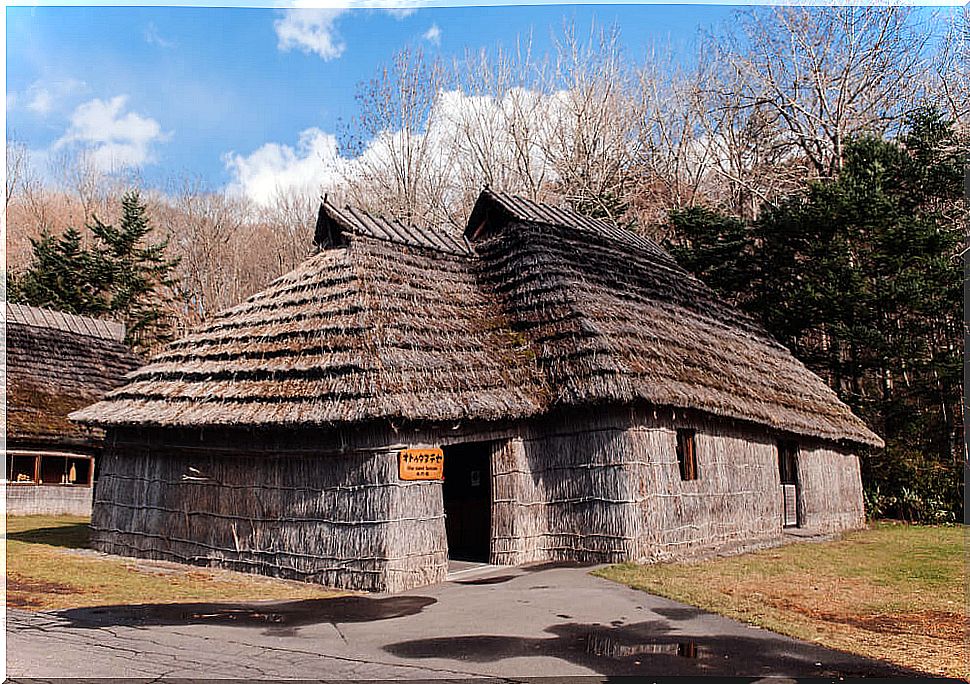
The Ainu community continues to feel discriminated against. According to a survey conducted by the Hokkaido prefectural government, 28.1% of the people interviewed indicated that they had experienced discrimination from the Japanese.
The situations in which they have been discriminated against are closely linked to the common social environment, such as schools or work. In schools, teachers do not teach the reality of Ainu culture and its history. On the contrary, many continue to convey a vexation of this people, maintaining a position of superiority to this ethnic group.
However, on June 6, 2008, a resolution was passed in favor of the Ainu people. In it, it is formally recognized as an indigenous people with its own language, religion and culture, granting it, after years of protest and demonstrations, its own identity to the indigenous people of Japan. And, recently, a bill in that sense has been approved.
Thanks to these changes, and despite having a past where they had been relegated to oblivion, it seems that the future is increasingly positive for the Ainu and the preservation of their culture.
